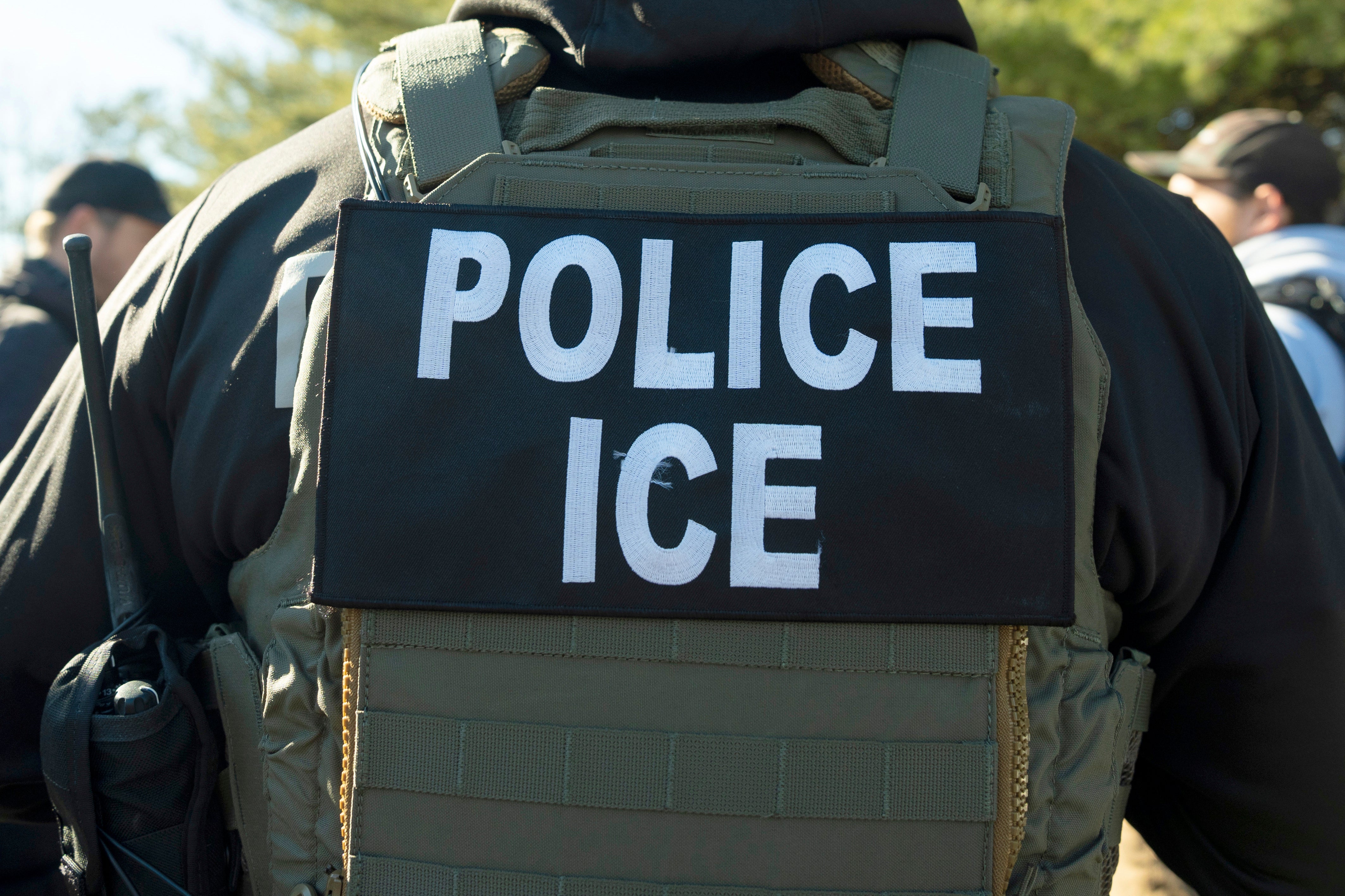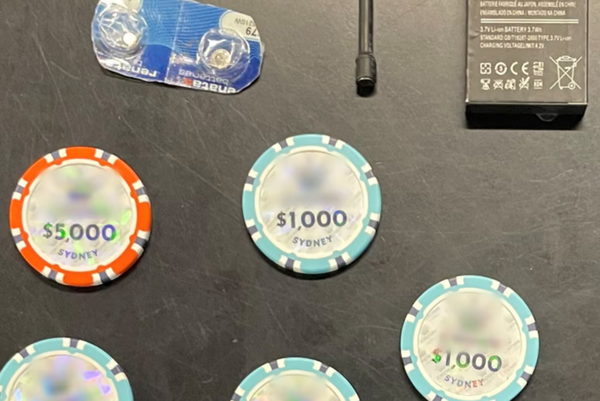A U.S. Marshal was mistakenly detained by Immigration and Customs Enforcement agents at a courthouse because they “fitt[ed] the general description” of someone being sought by the agency.
The brief detention took place at Tucson’s immigration court in Arizona and was due to a case of mistaken identity, the U.S. Marshals Service said.
“A Deputy US Marshal who fit the general description of a subject being sought by ICE (Immigration and Customs Enforcement) was briefly detained at a federal building in Tucson after entering the lobby of the building,” the U.S. Marshals Service said in a statement, the Arizona Daily Star reports. “The Deputy US Marshal’s identity was quickly confirmed by other law enforcement officers, and he exited the building without incident.”
The Independent has contacted the U.S. Marshals Service and ICE for further comment.
No details were given about when the detainment took place or what prompted the ICE agents to swoop on the law enforcement officer.

Sources told the newspaper that the detention took place at the end of May.
Duties of deputy U.S. marshals include providing security and protecting staff at federal courts.
ICE and other federal agencies have been making arrests inside and outside courthouses across the country in recent weeks, from Washington state to Virginia, as President Donald Trump’s administration accelerates his deportation agenda.
The agency is under pressure from the administration to increase the number of daily arrests. ICE called for more than 5,000 federal agents and 21,000 National Guard troops to join the arrest effort, according to a report last week.
“Operation at Large” calls for 3,000 ICE agents, 2,000 Justice Department employees, including from the FBI and the Drug Enforcement Agency, 500 Customs and Border Protection staff, and 250 from the IRS, NBC News reported.
The move follows a “tense” meeting with White House deputy chief of staff Stephen Miller last month, where he reportedly “berated” staff and threatened to fire ICE field office leaders who are in the lowest 10 percent of monthly arrest numbers.







